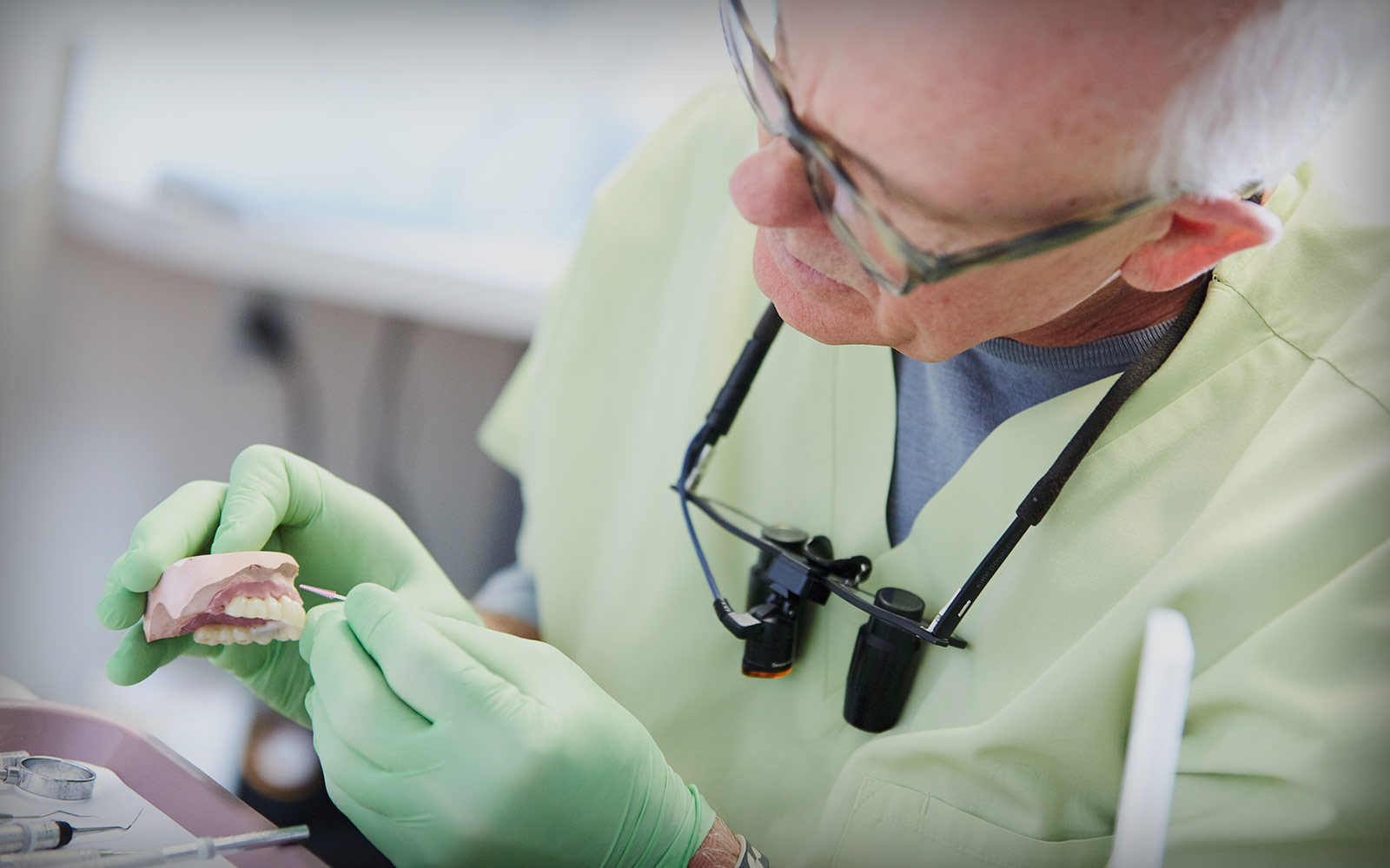
Preventing Tooth Loss with Early Intervention
Poor oral hygiene can lead to gum disease and tooth loss. Fortunately, early intervention and proper dental care can help keep your gums and teeth healthy. Here is what you need to know about tooth loss and how to prevent it:
What causes tooth loss?
The leading cause of tooth loss in adults is gum disease. Tooth loss is also commonly caused by an accident, like a sports injury. The American Dental Association (ADA) reported that 15 million Americans suffer dental injuries, and 5 million teeth are lost annually in sports-related injuries.
How to prevent tooth loss
Preventative dental habits are critical to maintaining good gum health and preventing tooth loss from gum disease. Without proper oral hygiene, plaque can build up over time and cause gum disease. Advanced cases can destroy gum tissue and bone, which erodes the tooth’s base and makes the tooth loose.
The ADA recommends practicing these simple steps to protect your oral health:
- Brush your teeth twice a day with fluoride toothpaste
- Clean between your teeth daily
- Eat a healthy diet that limits sugary beverages and snacks
- See your dentist regularly for the prevention and treatment of oral disease
The preventative dental services recommended by the ADA begin with regular cleaning and a complete examination to identify potential problems. This early intervention can catch an issue when it is still minor. If you wait too long, you risk your dental health deteriorating because it requires time-consuming and expensive restorative dentistry to fix. Showing up for your dental cleanings is one of the easiest ways to keep your oral health in check and prevent tooth loss. This is especially true for those who have extensive dentistry done as a protective measure of the investment made. Most people are on a much tighter schedule, with return visits every 3, 4, or 6 months.
According to a University of Michigan School of Dentistry study quoted by the American Dental Association, the frequency of cleanings needed to prevent periodontal disease is dictated in part by individual risk factors; a low-risk patient, for example, could benefit even from one visit per year, while high-risk patients will need more frequent cleanings.
Tooth loss by age
Good oral hygiene and preventative care become increasingly important as we age. A Harvard Health Letter notes that “…older people still suffer higher rates of gum disease, dental decay, oral cancer, mouth infections, and tooth loss.” Wear and tear, tobacco use, diseases like diabetes, certain medications, and untreated gum disease are all listed as factors that can negatively impact oral health as people get older.
It is probably not surprising, then, that gum disease is most commonly seen in adults, especially seniors. According to the Center for Disease Control (CDC):
- 47.2% of adults aged 30 years and older have some form of periodontal disease.
- 70.1% of adults 65 years and older have periodontal disease.
Because of this, seniors, in particular, should make sure they are attending the recommended preventative dental appointments for teeth cleanings and exams. This is especially true of adults with other risk factors for gum disease; the CDC lists smoking, diabetes, stress, heredity, and poor oral hygiene as increasing your risk.
What happens if you lose a tooth?
In the case of an emergency, it is important to be seen as soon as possible for the earliest intervention. Tooth replantation is rare, especially if tooth loss is caused by gum disease. In this case, you will first need to see a dentist for periodontal (gum) care so they can treat the gum disease and regenerate the lost gum and bone tissue. The procedures and extent of the work needed will depend on the progression of your gum disease.
- Bone grafting, for example, places human-derived and highly purified bone into areas where the bone has gotten thinner and shorter. This creates a framework for your bone cells to develop and grow new bone.
- Gum grafting replaces and/or enhances the tissue around the teeth to improve the stability and shape of gums. This ensures a strong band of gums to support your teeth and implant(s).
Once you have a healthy framework, your dentist can replace the missing tooth with a dental implant, which mimics the function and appearance of a natural tooth. If you are missing multiple teeth, you may need a bridge to support a new arch of teeth. You can find dental implants near you and consult a dentist to learn your options for replacing a missing tooth.



